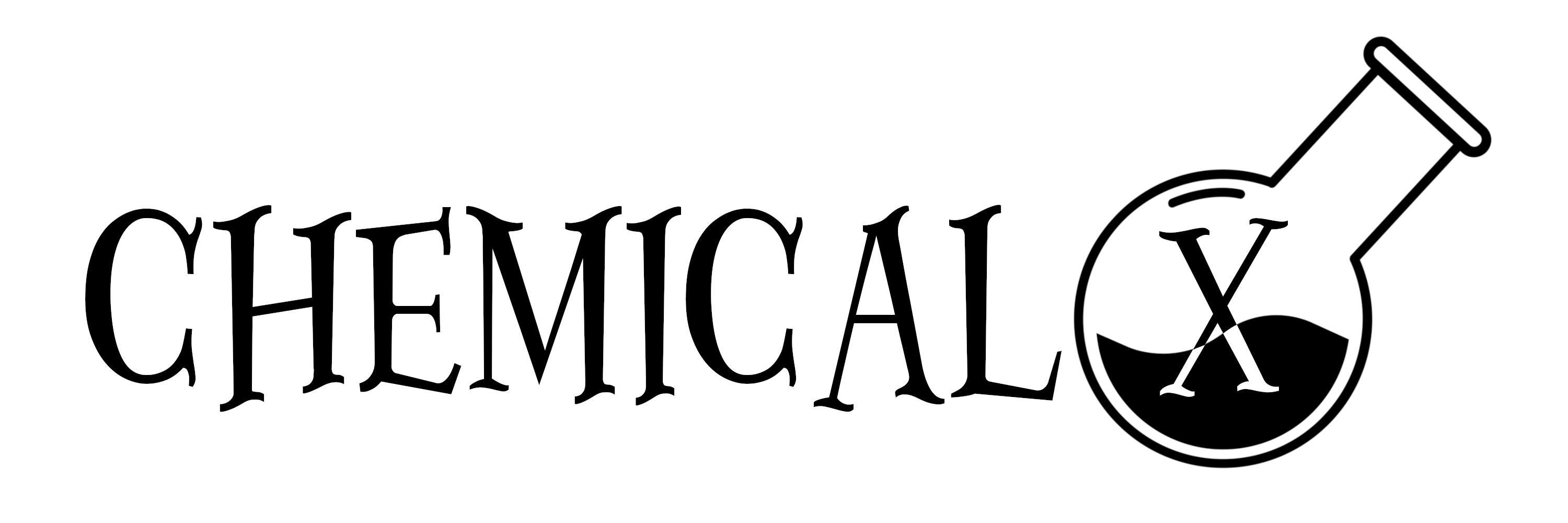CASTER: Predicting Drug Interactions with Chemical Substructure Representation
Adverse drug-drug interactions (DDIs) remain a leading cause of morbidity and mortality. Identifying potential DDIs during the drug design process is critical for patients and society. Although several computational models have been proposed for DDI prediction, there are still limitations: (1) specialized design of drug representation for DDI predictions is lacking; (2) predictions are based on limited labelled data and do not generalize well to unseen drugs or DDIs; and (3) models are characterized by a large number of parameters, thus are hard to interpret. In this work, we develop a ChemicAl SubstrucTurE Representation (CASTER) framework that predicts DDIs given chemical structures of drugs.CASTER aims to mitigate these limitations via (1) a sequential pattern mining module rooted in the DDI mechanism to efficiently characterize functional sub-structures of drugs; (2) an auto-encoding module that leverages both labelled and unlabelled chemical structure data to improve predictive accuracy and generalizability; and (3) a dictionary learning module that explains the prediction via a small set of coefficients which measure the relevance of each input sub-structures to the DDI outcome. We evaluated CASTER on two real-world DDI datasets and showed that it performed better than state-of-the-art baselines and provided interpretable predictions.
PDF Abstract

